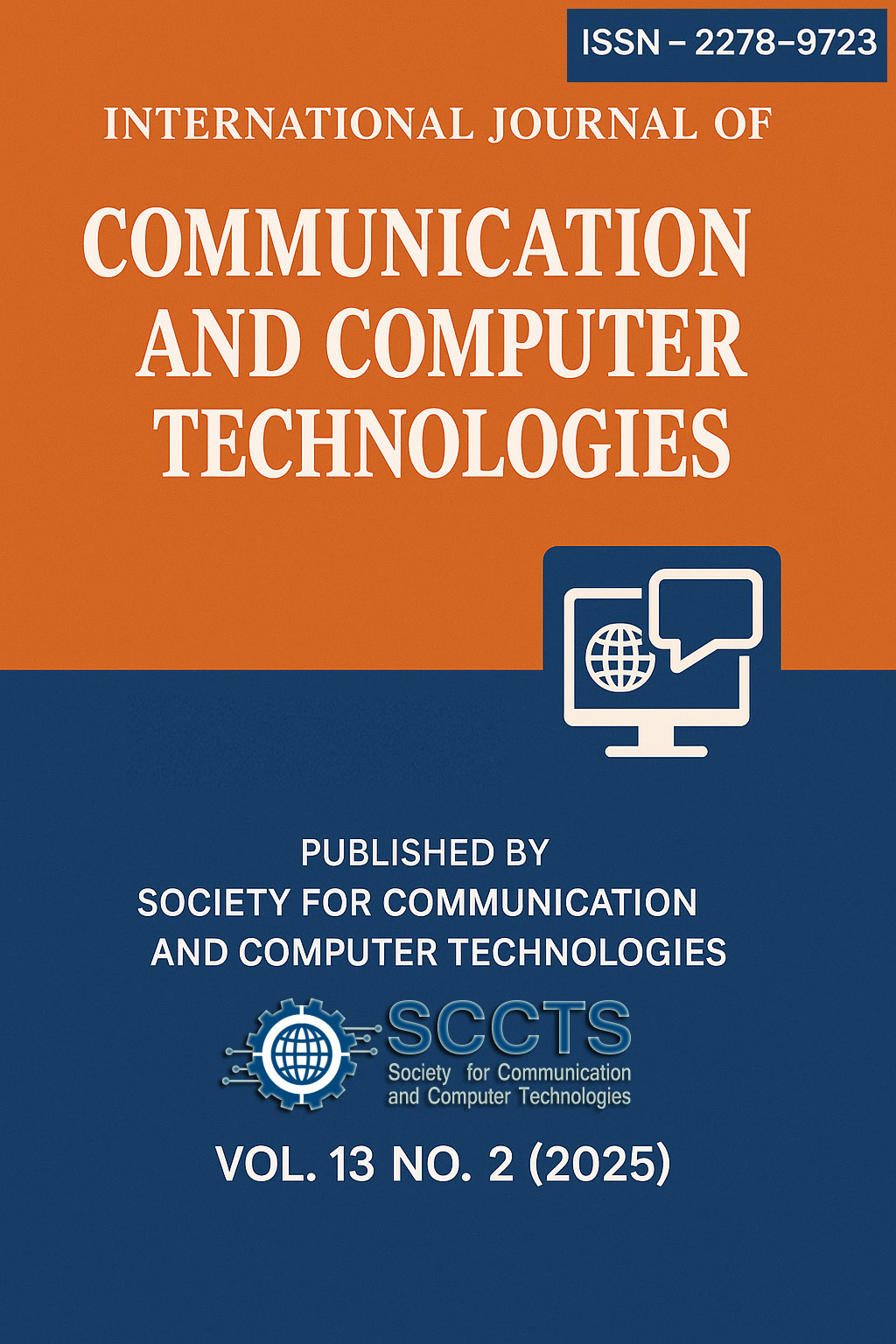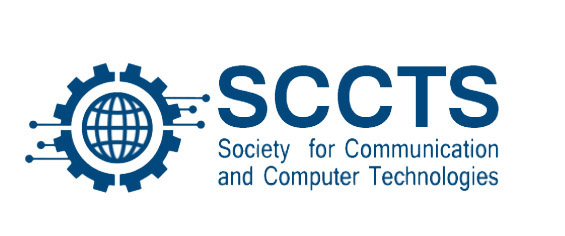Communication Technology-led Development in Kenya and Sub-Saharan Africa’s Education Systems: A CrossSectional Study
Keywords:
Budgetary allocations, institutional changes, disparity necessitatesAbstract
The commitment of the Kenyan government in providing education towards human resource development remains commendable. The government has engaged in several institutional changes and policy pronouncements to ensure that the quality of education improves. Budgetary allocations keep rising year after year, with the education sector selected as one of the prioritized sectors. However, the level of education performance remains unbalanced in the country. Imbalances are also evident in terms of student enrolment in which several schools are yet to achieve communication technology parity. In Chuluni District, communication technology disparity is evident. Education provision for the girl child remains dire in the region. In particular, aspects such as school-based factors, socio-cultural factors, and socio-economic factors remain detrimental to the girl child regarding education attainment in Chuluni district. Such a disparity necessitates a study that would conduct an in-depth examination of some of the content-specific and context-specific factors that shape education attainment for the girl child in Chuluni District. As much as the Kenya government, through the Ministry of Education, is striving towards education provision in regions and human groups with special needs, Chuluni District’s education performance remains wanting. The region is yet to approach a full utilization of recommended educational technologies and approaches that enhance communication technology balance in education provision.
Downloads
Published
How to Cite
Issue
Section
License
Copyright (c) 2023 International Journal of communication and computer Technologies

This work is licensed under a Creative Commons Attribution-NonCommercial-ShareAlike 4.0 International License.




 The articles in Worldwide Medicine are open access articles licensed under the terms of the
The articles in Worldwide Medicine are open access articles licensed under the terms of the 